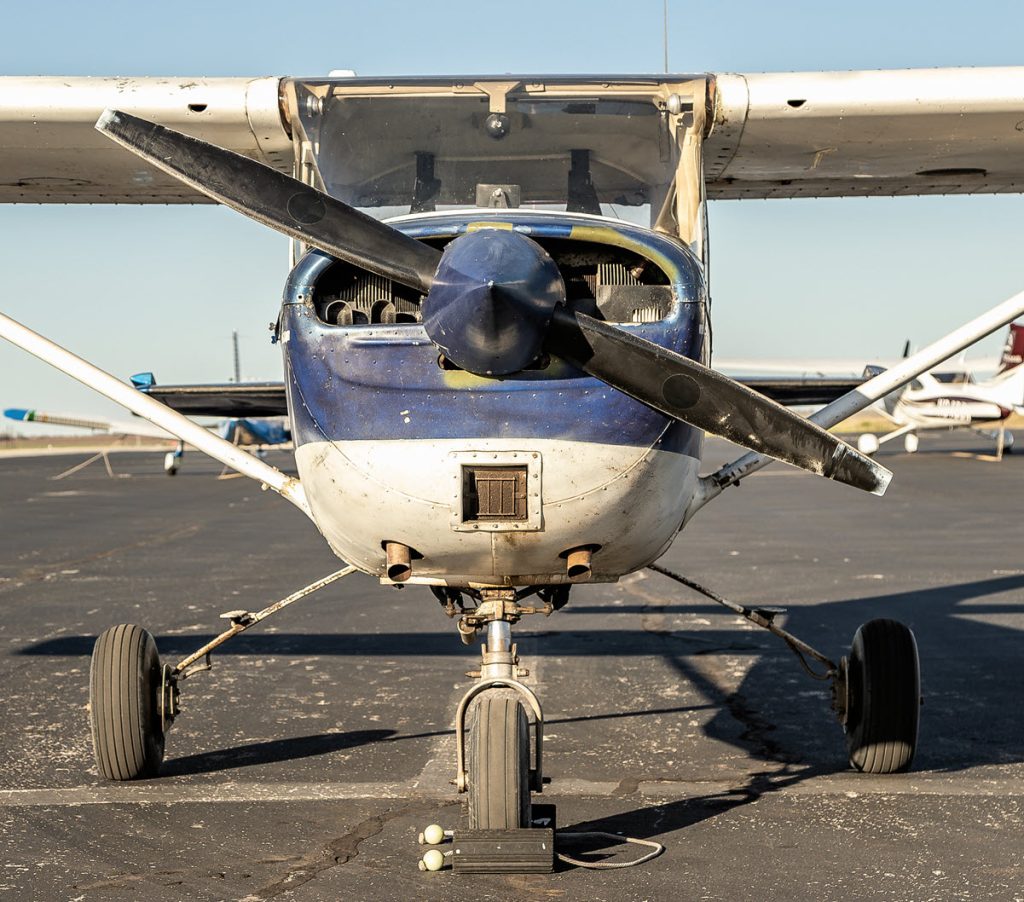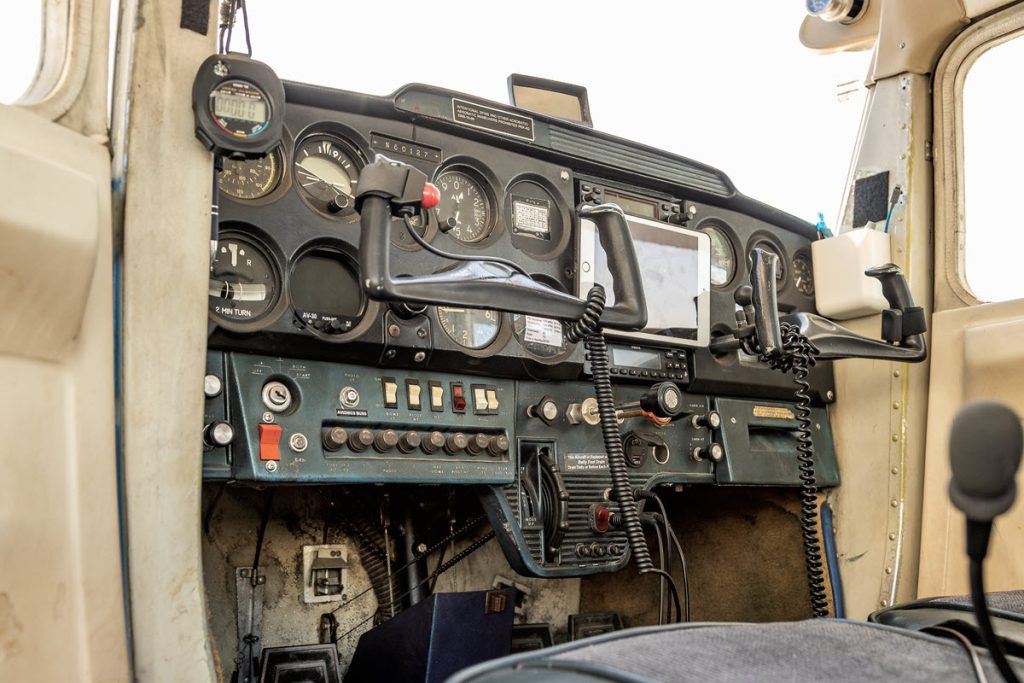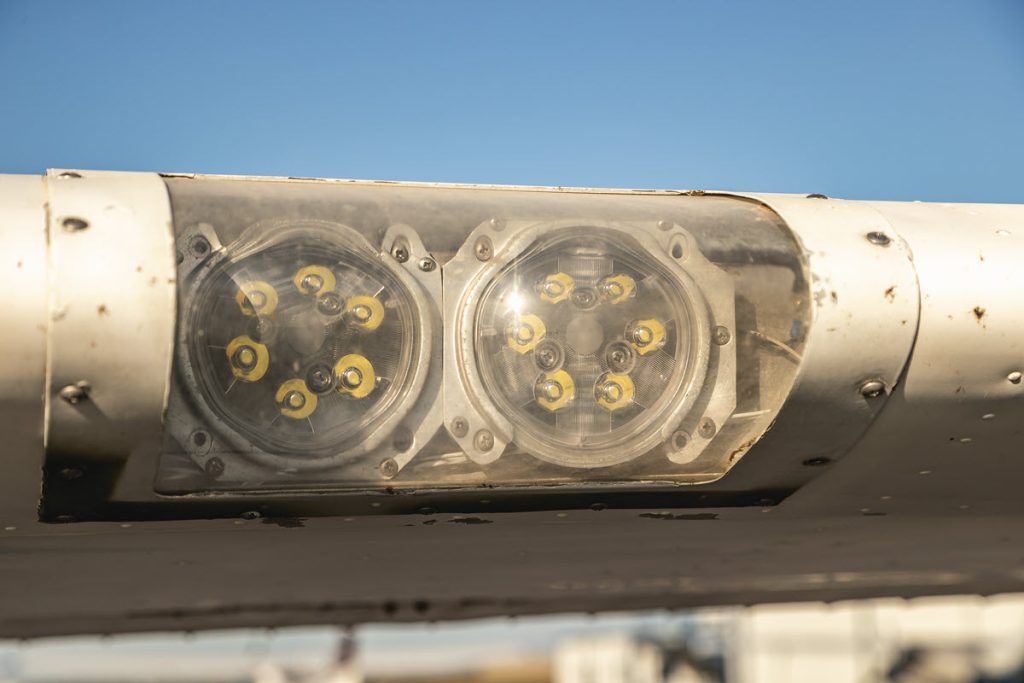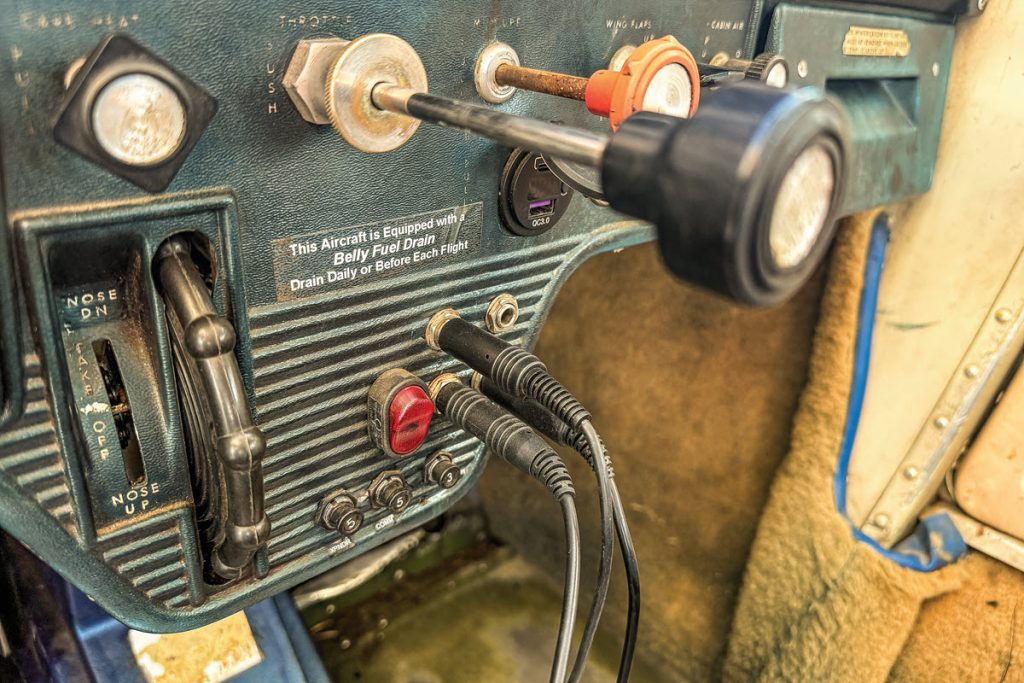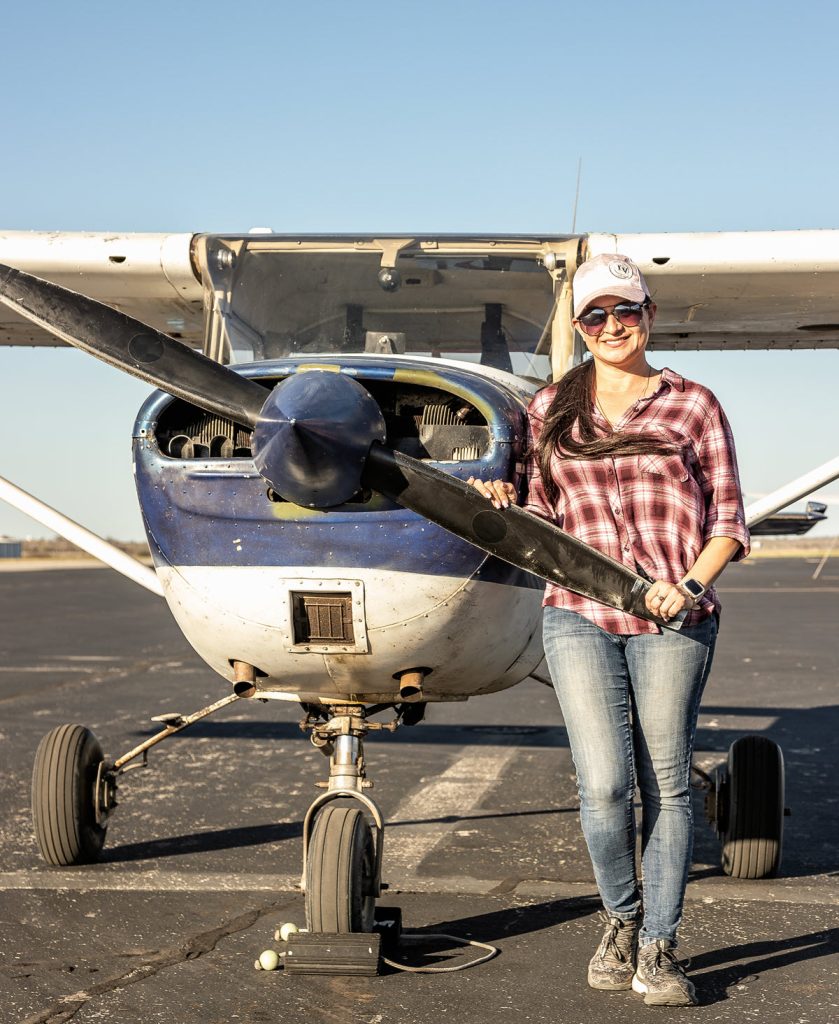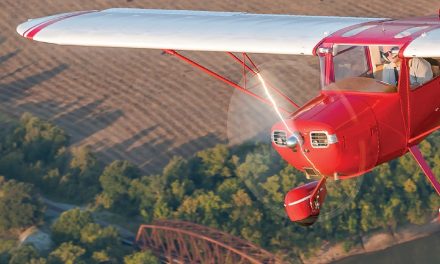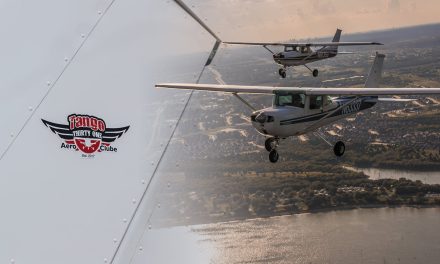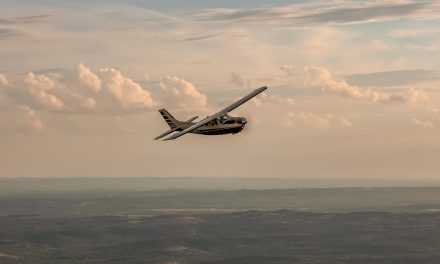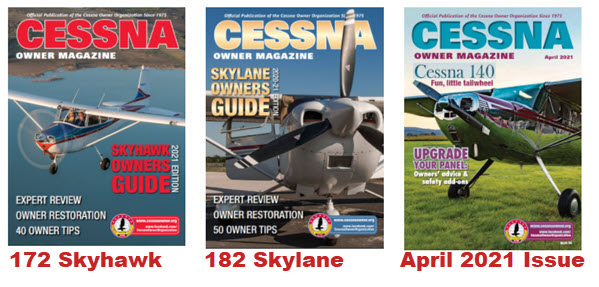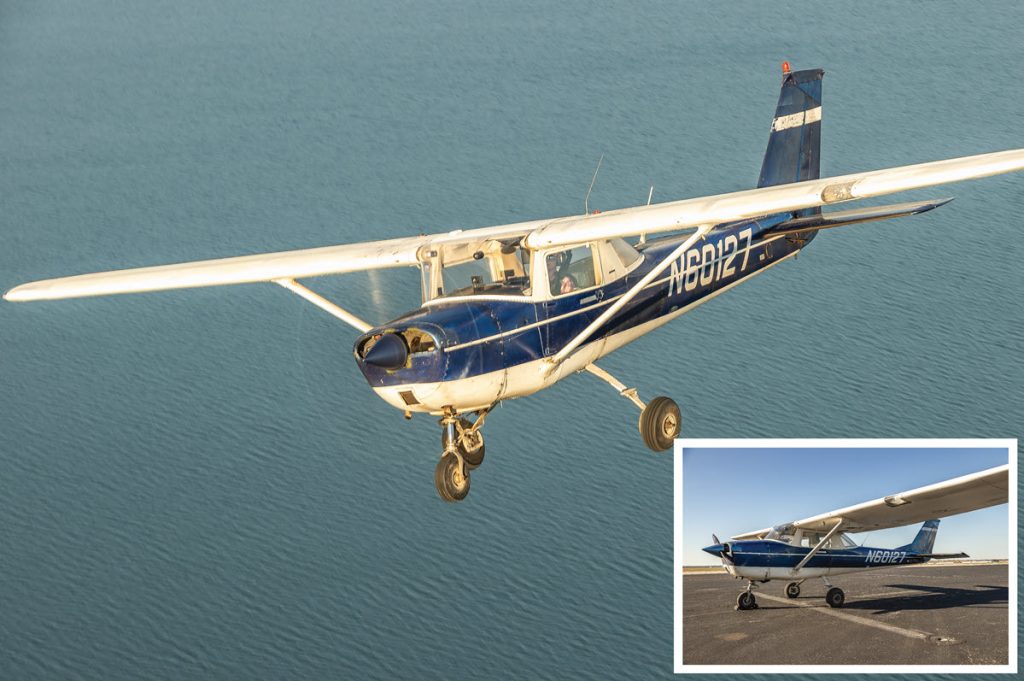
By Christian Sanchez
In 2015, I had the chance to fly for the first time with a friend who owned a Piper. When I arrived at his hangar and saw the plane, I was absolutely amazed. He walked me through the pre-flight process before we climbed in. I couldn’t contain my excitement as he started explaining the instruments – my anticipation was growing.
Then came the moment… we took off. When we reached a certain altitude, he asked me if I wanted to try flying. I took the controls for a few minutes and it was an unforgettable feeling — so surreal to be in control of an aircraft and see the world from a pilot’s perspective. That first experience ignited my passion for aviation and from that day on, my interest in flying grew.
I pursued my PPC training at Zuehl Airport (1TE4) in Marion, Texas in November 2022 and completed my checkride in June 2023 in Madison, South Dakota. I went on to pursue my instrument rating at Zuehl and completed my IFR checkride in March 2024 at Castroville Municipal Airport (CVB) in Texas.
The next step was to purchase my own airplane. N60127 came my way when I randomly asked my instructor if he knew anyone selling a plane. Nothing was on his radar at that moment but he would let me know if he got wind of an airplane that was available. I think we were both surprised when, 10 minutes later, he called to tell me one of his former students was selling his C150. It all happened very quickly! He took me on a short flight that day. I told him I was interested in buying. My mechanic looked at it. We made a deal.
Two weeks later, I began my commercial training, something I never thought I would attempt. This training was also done at Zuehl, and I successfully completed my commercial checkride at CVB on December 30, 2024.
N60127’s Future
Initially my 1969 Cessna 150J fulfilled the mission of getting me through my commercial training. Now that I’ve accomplished that goal, the mission has changed into building hours. Along the way, my furry little Yorkie has been by my side and continues sharing every step in my aviation journey.
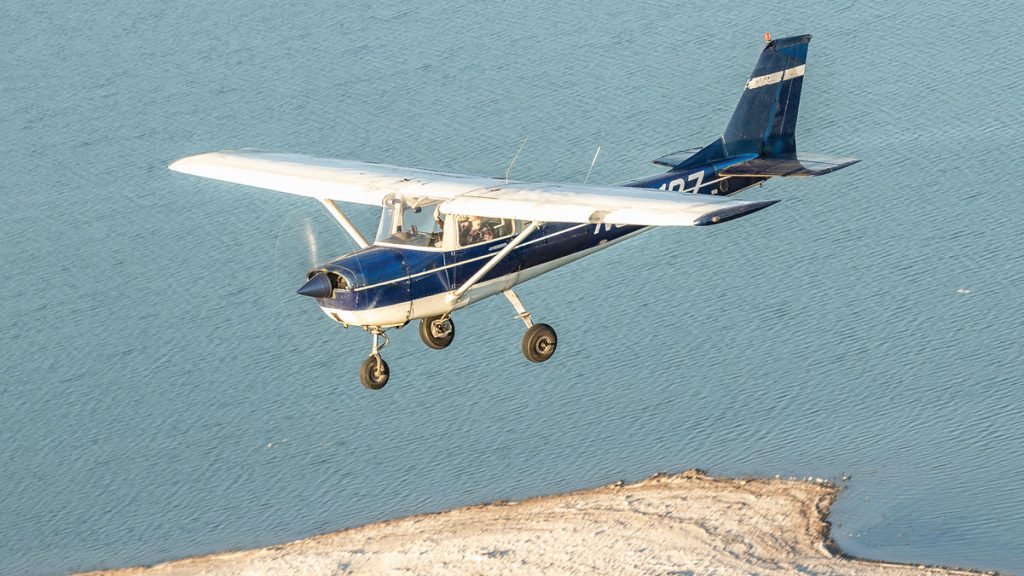
Initially my 1969 Cessna 150J fulfilled the mission of getting me through my commercial training. Now that I’ve accomplished that goal, the mission has changed into building hours. Along the way, my furry little Yorkie has been by my side and continues sharing every step in my aviation journey.
This 150J is in good shape (for the most part) and in airworthy condition, although the paint job is showing some wear in a few small areas. Because I’ve owned this aircraft for only a short time, I have not completed any major work on it. However, I am considering adding the avionics I need to equip my plane for IFR. It’s either that or I’ll be shopping for an IFR-equipped aircraft in the near future.
There are several things I appreciate about my airplane. It has a Supplemental Type Certificate (STC) that allows me to use non-ethanol fuel as well as 100LL — making it a little less costly to fly. Fuel consumption is about 5.5 gph, making the flight cost about $50 per hour.
I love that my plane is lightweight. I can easily move it on my own, making it a breeze to move it in and out of the hangar. Best of all, it is simple and reliable. Every A&P on the planet can work on it. Thankfully, the few parts I’ve needed were readily available at Aircraft Spruce or on eBay.
If I could change a few things, I would give it an engine with more horsepower and increase its useful load, which can be limited once the passengers are loaded and the tanks are filled. A bit more speed would be nice, too.
Down the road, I would like to equip the panel with GPS, with VOR as a backup – for protection against those times the GPS signal is interrupted.
The inside of the Cessna 150 is small, so working on the interior can be a challenge. I could use more leg room, too, though I’m not sure there’s a fix for that. Removing seats and the clips is challenging because of the tight inside space.
The only real downside I’ve found on the exterior is this: My plane does not have a refueling step, like the C172. So, without a ladder or step stool, checking the fuel is extremely difficult.
If N60127 Could Talk
My plane was first registered in Alaska, where it lived for several years. I recently found out that it had skis, which were removed about eight years ago. I can only imagine the awe-inspiring views and grand adventures it had with its previous owner.
Over the past 10 months that I’ve owned this aircraft, I’ve logged about 100 hours of flight time and made some amazing memories of my own. There are two destinations that represent pivotal moments in my flying journey and they hold a lot of sentimental value as I continue to grow as a pilot.
One of my favorite places to fly into is Castroville, where I completed my last two checkrides. The area is a special place for me, because it is where I’ve reached key milestones in my training.
I also love flying to Mustang Island, where I took my first solo flight over an ocean. Flying over the vast expanse of the water brought a new level of excitement and perspective to my flying. There was no land in sight for miles, which added a layer of challenge and responsibility to the flight.
To date, however, one of my most memorable moments is the solo flight I took to Alpine, Texas, in October for my birthday. This wasn’t just a routine flight for me. It marked a milestone in my aviation journey and was an experience that expanded my horizons — literally and figuratively.

The goal of the flight was to check out the McDonald Observatory, an incredible place known for its breathtaking views of the night sky. But as much as I looked forward to the destination, the journey itself turned out to be just as exciting. It was the first time I had flown over a mountain range, and that’s when I really began to understand the complexities and excitement of flight. The updrafts and downdrafts I encountered as my altitude changed with the rising peaks below were a whole new challenge, adding an element of unpredictability and excitement to the trip.
It was about trusting my instincts and pushing my limits. This flight was the longest one I’d ever taken on my own. It introduced a whole new layer of mental and emotional growth. While there is always added responsibility when flying solo, it felt more significant on this particular journey – perhaps because I was taking on something unknown: navigating through unfamiliar terrain, adjusting to new weather conditions and handling a longer flight than I had done before. Each of these challenges added up to a sense of accomplishment when I finally touched down in Alpine.
Looking back, it’s not just the view of the McDonald Observatory or the stunning flight path over the mountains that stands out to me, it’s the growth I felt as a pilot. It’s a reminder that every journey, big or small, is an opportunity to learn, evolve, and gain a deeper appreciation for both the craft of flying and the world around us.
Have a website login already? Log in and start reading now.
Never created a website login before? Find your Customer Number (it’s on your mailing label) and register here.
JOIN HERE
Still have questions? Contact us here.

